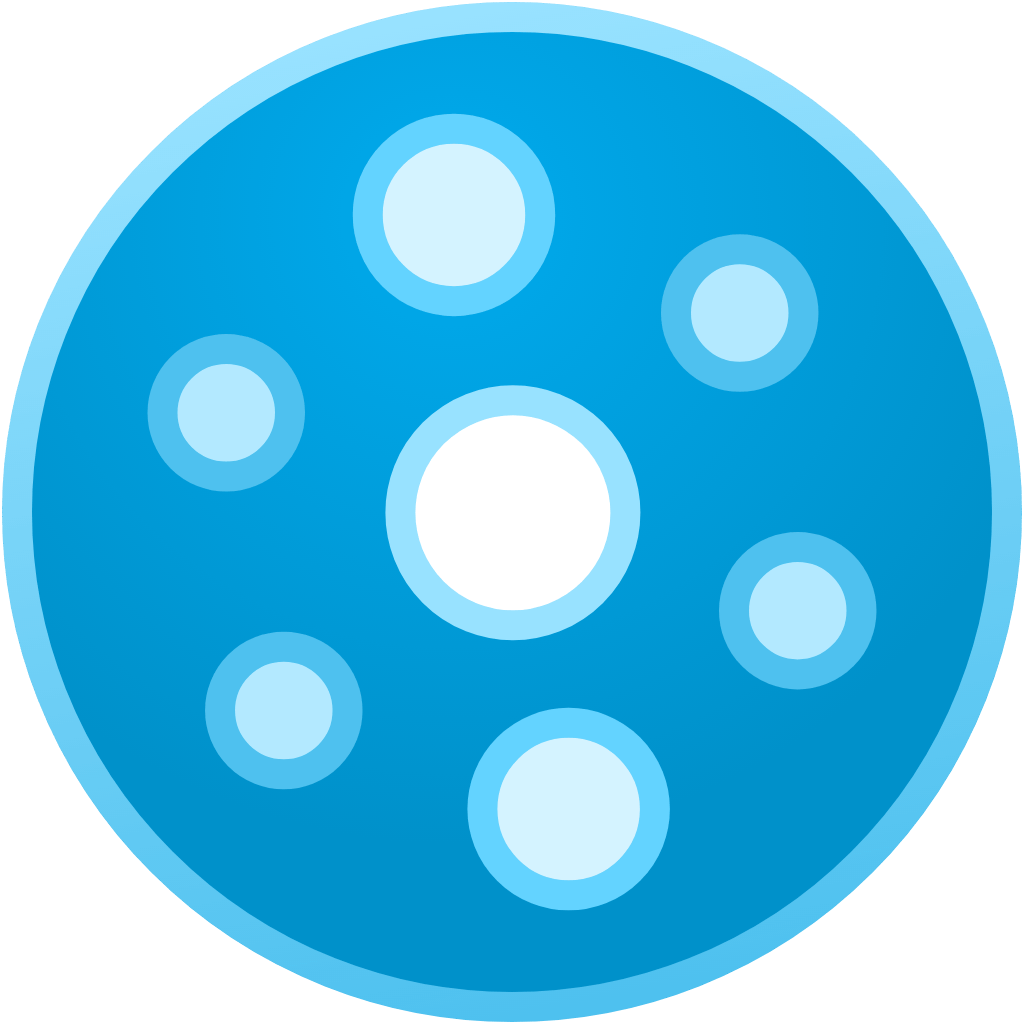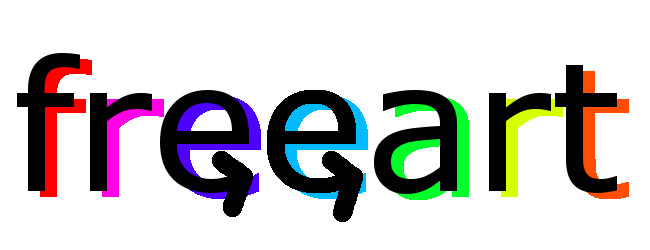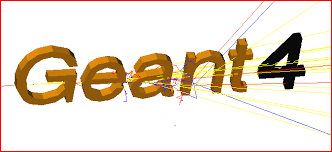Software

easyDiffraction
easyDiffraction is scientific software for modelling and analysis of neutron diffraction data, i.e., simulation of diffraction pattern based on structural model and refinement of its parameters. easyDiffraction is similar to crystallographic programs like FullProf, Jana, GSAS, ShelX, etc. However, unlike them, easyDiffraction is based on external crystallographic libraries, such as CrysPy to cover different functionality aspects within a single intuitive and user-friendly graphical interface.
EXtra-data
A Python library for accessing and inspecting data in European XFEL's HDF5 files. European XFEL saves data in multiple HDF5 files with a moderately complex structure. EXtra-data aims to provide a simple interface to access data from a run directory, and conveniently work it in popular Python libraries such as Dask, Xarray and pandas.
EXtra-geom
Python tools to work with geometry information for multi-module detectors at European XFEL, and to use assemble detector data into images.

FabIO
FabIO is a Python library for reading and handling data from 2-D X-ray detectors. FabIO provides a function for reading any image and returning a FabioImage object which contains both metadata (header information) and raw data. All FabioImage objects offer additional methods to extract information about the image and open other detector images from the same data series.
FDMNES
The aim of the FDMNES project is to supply to the community a user friendly code to simulate x-ray spectroscopies, linked to the real absorption (XANES, XMCD) or resonant scattering (RXD) of the synchrotron radiation. This ab initio approach, wants to eliminate all the methodological parameters. First mainly mono-electronic, using the functionnal density theory (DFT), it includes now multi-electronics advances with the use of the time dependant DFT (TD-DFT) for a better taking into account of the excited states linked to the photon-matter interaction. It includes also the Hubbard correction (LDA+U) for a better description of the so called correlated materials.

FEFF9
Condensed matter code for modelling x-ray and electron spectroscopies and materials properties. FEFF is an automated program for ab initio multiple scattering calculations of X-ray Absorption Fine Structure (XAFS), X-ray Absorption Near-Edge Structure (XANES) and various other spectra for clusters of atoms. The code yields scattering amplitudes and phases used in many modern XAFS analysis codes, as well as various other properties. in FEFF9 there are several new spectroscopies which can be calculated with FEFF 9, including electron energy loss spectra (EELS) and non-resonant inelastic x-ray scattering (NRIXS). In addition, there are a variety of improvements. These include; (1) ab initio Debye-Waller factors; (2) improved treatment of inelastic losses; (3) an improved treatment of the core-hole interaction; and (4) more accurate treatment of crystalline systems with k-space calculation of the Green's function. FEFF9 comes with the JFEFF GUI.

FIT2D
FIT2D is a general purpose 1 and 2 dimensional data analysis program. It is used for both interactive and "batch" data processing, and is used for different purposes. Calibration and correction of detector distortions is one of the main uses of FIT2D. Difficult data analysis problems may be tackled using fitting of user specified models. To enable model fitting to be performed on a wide variety of input data, many other more basic data analysis operations are also available. A wide variety of performant graphical display methods are available.

FLUKA
FLUKA is a fully integrated particle physics MonteCarlo simulation package from CERN and INFN. It has many applications in high energy experimental physics and engineering, shielding, detector and telescope design, cosmic ray studies, dosimetry, medical physics and radio-biology. It is used for radiation shielding simulations in the safety group.

Fox/ObjCryst++
The FOX program was made for ab initio crystal structure solution from diffraction data (mostly powder diffraction data). Its most interesting features for ab initio structure determination are: * a versatile description of the crystal contents: either isolated atoms , molecules described using a bond length, bond angles and dihedral angles, and polyhedra for inorganic compounds. You can describe your structure by using any combination of groups of atoms, using a chemist's or crystallographer knowledge about the connectivity in your sample to constrain possible solutions.. * an automatic correction for special positions and shared atoms between polyhedra, suitable for global optimization algorithms. * the ability to use simultaneously multiple powder patterns (X-rays, neutrons), as well as single crystal data (e.g. extracted from a powder pattern) * smart global optimization algorithms which can get out of false minima. * a graphical interface (see the screenshots) with a 3D crystal structure view, with live updates during the optimization process.

freeart
ART algorithms for fluorescence and transmission tomography reconstructions. Fluorescence absorption for the incoming and outgoing beams are taken into account.
freesas
Small angle scattering tools … but unlike most others, free and written in Python. The FreeSAS tool suite is licensed under the MIT license.
Frida
Frida (“Fast reliable interactive data analysis”) is a versatile data analysis program with special routines for inelastic neutron scattering.

GATE
GATE is an opensource software package developed by the international OpenGATE collaboration and dedicated to numerical simulations in medical imaging and radiotherapy. It currently supports simulations of Emission Tomography (Positron Emission Tomography - PET and Single Photon Emission Computed Tomography - SPECT), Computed Tomography (CT), Optical Imaging (Bioluminescence and Fluorescence) and Radiotherapy experiments.
GDFIDL
GdfidL computes electromagnetic Fields in 3D-Structures using parallel or scalar Computer Systems. GdfidL computes Resonant Fields in lossfree or lossy Structures and Time dependent Fields in lossfree or lossy Structures. The Fields may be excited by Port Modes or relativistic Line Charges. The Postprocessor computes from these Fields eg. Scattering Parameters, Wake Potentials, Q-Values and Shunt Impedances.

GEANT4
Toolkit for the simulation of the passage of particles through matter. Main applications: high energy, nuclear and accelerator physics, as well as studies in medical and space science.

